When it comes to protecting your home and keeping it well-maintained, ventilation systems are often overlooked. While we may not think too much about them, roof vents play a crucial role in keeping our homes safe and comfortable. Without proper ventilation, moisture can build up in the attic leading to serious damage like mold growth, rot, and pest infestation. Fortunately, there are different types of roof vents available to help you choose the right system for your house. In this article, we’ll explore the various types of roof vents and their benefits so you can make an informed decision when it comes time to select a ventilation system for your home. So let’s get started and put a stop to all those potential hazards with some good old fashioned roof venting!
Disclaimer: The information provided in this article is for educational purposes only and should not be considered as professional advice. Before making any decisions related to roof ventilation systems, we recommend that you seek advice from a qualified expert such as those at Advance Roofing LLC. We have been proudly serving the Spokane, WA area for many years with the highest standard of quality roofing solutions and we are always happy to help!
Overview of Roof Ventilation Systems
Ventilation systems play an important role in keeping your home safe and comfortable. While there are a variety of roof vent types available, it’s important to understand the different options so you can choose the right one for your particular needs. Generally speaking, most ventilation systems involve either exhaust vents or intake vents. Exhaust vents are typically installed on the lower parts of the roof and help to draw out hot air from the attic as well as moisture. Intake vents, on the other hand, are usually placed at higher points on the roof and allow fresh air to flow in. Additionally, ridge vents are another popular option that run along the peak of the roof and provide both exhaust and intake functions. Whichever type of vent you decide upon, make sure it meets local building codes and is properly installed for optimal performance.
Proper roof ventilation can be the key to keeping your home safe and comfortable, so make sure you understand the different types of vents available and choose the one that best suits your needs. And don’t forget to stay tuned for our next article to learn about all the amazing benefits of having proper roof ventilation!
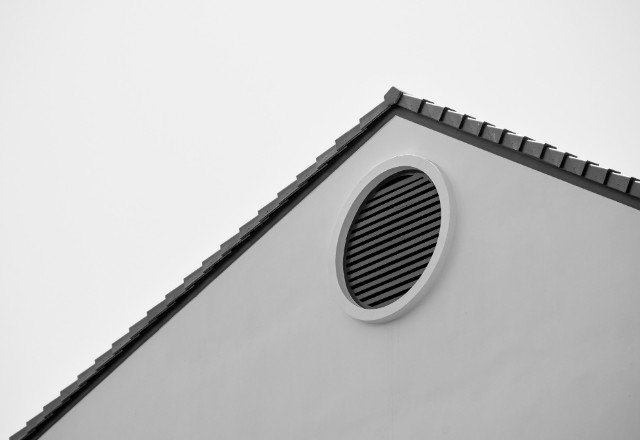
Benefits of Proper Roof Ventilation
Having proper roof ventilation is essential for your home in order to keep it safe, comfortable, and energy efficient. Good roof ventilation helps maintain a balanced temperature throughout the house, reducing strain on your HVAC system while also helping to prevent moisture accumulation and mold growth. Plus, with fewer hot spots in the attic, you can expect better insulation performance that keeps energy bills low and protects against extreme temperatures outside. That’s not all—proper ventilation also helps protect your roof from premature deterioration due to trapped heat and moisture. All these factors combined make investing in a good vent system an important part of being a responsible homeowner!
Different Types of Roof Vents
Ventilation is essential for your home and roof, so it’s important to choose the right type of vent for your needs. There are several types of roof vents available, from static to powered options. Static vents are the most simple and budget-friendly option. They are fixed in place and rely on natural air currents to draw air out of the attic. Powered vents, on the other hand, use electric fans to force air through the vent openings and provide a more efficient way to reduce heat buildup in the attic. Other types of roof vents include ridge vents, gable end vents, turbine vents, and box vents. Each type has its own advantages depending on your needs, so do some research before making a choice! With the right ventilation system installed, you can ensure that your roof will remain healthy and energy efficient for years to come.
Proper roof ventilation is an essential part of keeping your home safe and energy efficient. With the right vents installed, you can be sure that your roof will maintain its integrity and help make your home more comfortable for years to come. But when it comes to choosing the right vents for your needs, there is no one-size-fits-all solution – gable vents may be just what you need!
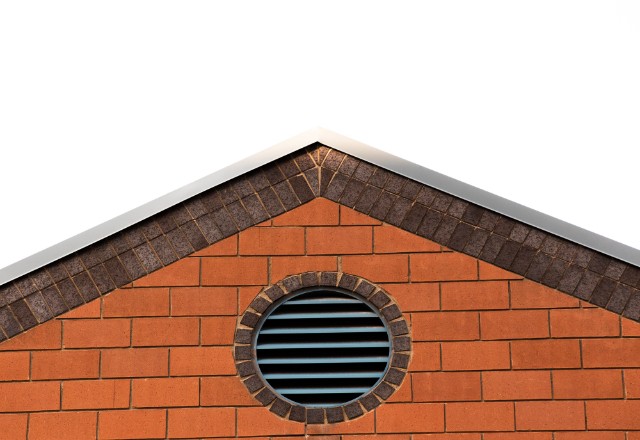
Gable Vents
Gable vents are an excellent choice for homeowners looking for efficient ventilation solutions. These vents are installed at the peak of a gable-style roof, allowing air to naturally flow out of the attic and reduce the buildup of heat. This type of vent offers a nice balance between affordability and performance, making them popular among many homeowners. Gable vents also come in various sizes and shapes, so you can choose the best option to fit your home’s design. Additionally, these vents can be painted or stained to match your home’s exterior, giving it an extra layer of protection against weathering over time. With proper installation and maintenance, gable vents can provide your home with reliable ventilation for years to come!
Soffit Vents
Soffit vents are an excellent choice for homeowners looking to improve the ventilation of their home. These vents are installed within the soffit, or underside of the overhanging eaves of a roof. This allows air to move freely into and out of the attic, helping reduce moisture buildup and keep temperatures cooler in the summer months. Additionally, soffit vents can be painted or stained to match your home’s exterior for a seamless look. They come in various sizes and shapes, allowing you to choose the best option for your home’s design. With proper installation and maintenance, these vents can provide reliable ventilation for years to come!
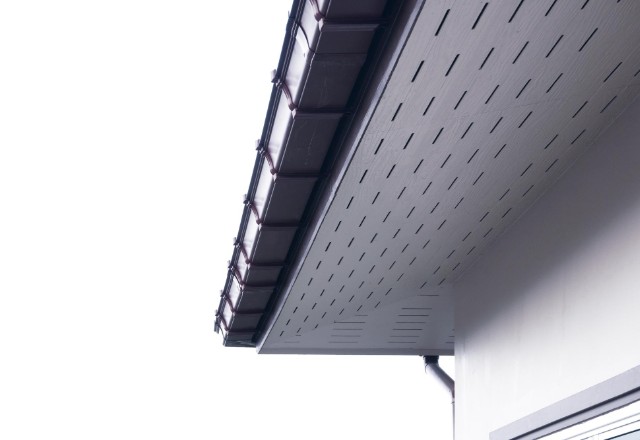
Ridge Vents
Ridge vents are an efficient and affordable way to provide your home with the ventilation it needs. Installed along the peak of a roof, these vents allow hot air to exit through the top while cooler air enters through soffit or gable vents at lower levels. This helps reduce moisture buildup and keep temperatures more even throughout your home. Ridge vents also come in a variety of sizes, colors, and styles, making them easy to customize to match the design of your home. With proper installation and maintenance, ridge vents can provide reliable ventilation for years to come!
Box Vents
Box vents are an excellent choice for homes that need to maintain air flow throughout their attic. These vents are installed along the roof, either on the sides or at the peak, and are covered with a metal or plastic box-like enclosure. This helps them blend seamlessly into your home’s design while providing effective ventilation. Box vents allow air to escape through the top of the enclosure, ensuring it is drawn out of your attic instead of lingering and creating moisture buildup. They also come in a variety of sizes and styles so you can find one that perfectly fits your needs and aesthetic. With proper installation and maintenance, box vents can provide reliable ventilation to help keep your home comfortable year-round!
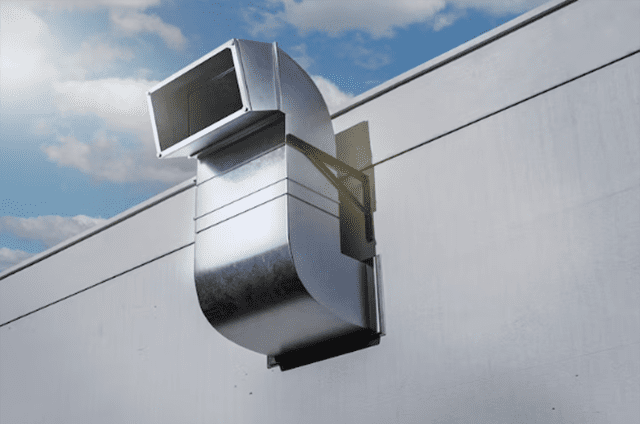
Cupola Vents
Cupola vents are a great option for homes that want to keep their attic well-ventilated. These vents feature a box-like structure with a cupola on top and are usually made of metal or plastic. The cupola allows air to be drawn out of the attic while also providing a decorative touch to your home’s roofline. The structure is designed in a way that helps it blend into your home’s design, making it an attractive yet practical choice for ventilation. Cupolas come in different sizes and styles so you can find one that fits both your needs and aesthetic. With proper installation and maintenance, they can provide effective ventilation throughout your attic without compromising on style!
Square Feet
Square feet are an important measurement to consider when it comes to any home improvement project. Whether you’re building a new room addition, replacing windows, or simply looking for the right size rug for your living room; square footage is key in making sure you get the correct measurements and buy the necessary materials. A square foot is equal to 144 square inches and can be calculated by multiplying the length of a room by its width. Knowing the total square feet of your space can help you figure out how much paint or carpeting you need, as well as determine which furniture pieces will fit best into your layout. With this information in hand, you’ll be able to confidently tackle any home improvement project with ease!

Active vs. Passive Roof Ventilation Systems
When it comes to roof vents, there are two main types of systems: active and passive. Active ventilation systems use fans or blowers to actively draw air through the building envelope, while passive systems rely on natural convection and pressure changes in the home. Both types have their advantages and disadvantages, so it is important to understand the differences before selecting one over the other for your home.
Active ventilation systems are best suited for larger homes with multiple stories as they can more effectively move air throughout the entire house. Additionally, they tend to be more energy efficient since they only need to run during certain periods of time. However, these systems require regular maintenance such as cleaning out dust and debris from the fan blades and replacing filters if needed.
Passive ventilation systems don’t rely on any mechanical components, making them much easier to install and maintain than active systems. They also help reduce energy costs by allowing cool air into the home during summer months and warm air out during winter months. However, passive systems are often less effective than active ones when it comes to moving air through multi-story homes or those with complex shapes or designs due to their reliance on natural convection forces alone.
No matter which type you choose, both active and passive roof ventilations systems provide essential benefits that can help keep your home comfortable year-round while improving indoor air quality as well. With careful consideration of each system’s pros and cons, you can select the right system for your needs so you can enjoy a healthier living environment for years to come!
No matter which type of roof ventilation system you choose, both active and passive systems can be beneficial in improving the quality of your home’s air. Stay tuned to learn more about the advantages and disadvantages of active ventilation systems!

Advantages and Disadvantages of Active Systems
Active ventilation systems are great for larger homes with multiple stories as they can more effectively move air throughout the entire house. Additionally, they tend to be more energy efficient since they only need to run during certain periods of time. However, these systems require regular maintenance such as cleaning out dust and debris from the fan blades and replacing filters if needed. On the other hand, active systems also provide superior air circulation throughout your home compared to passive systems, making them a great choice for families who want a healthier indoor environment year round.
The main disadvantage of active ventilation is that it typically requires more installation costs than passive systems due to their mechanical components. They also require electricity to run, which can lead to increased energy bills over time. Additionally, some homeowners may find that the noise produced by fans or blowers can be disruptive depending on where they are located in the home.
Overall, active ventilation systems have both advantages and disadvantages that should be carefully weighed before selecting one over the other for your home. With careful consideration of each system’s pros and cons, you can select the right system for your needs so you can enjoy a healthier living environment for years to come!
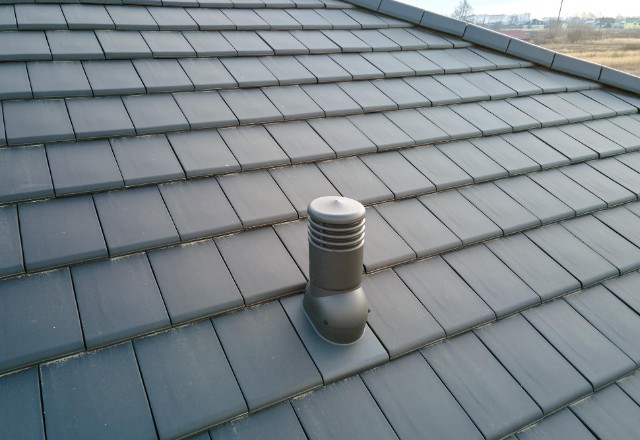
Conclusion
When it comes to selecting the right ventilation system for your home, there are many factors to consider. Active systems tend to be more energy efficient and provide superior air circulation compared to passive systems, but may require more installation costs and regular maintenance. On the other hand, passive ventilation is a cost-effective solution that requires minimal upkeep. Ultimately, you should carefully weigh the advantages and disadvantages of each system before making your decision. With careful consideration of each system’s pros and cons, you can select the right ventilation system for your home so you can enjoy a healthier living environment for years to come!



 509-201-4190
509-201-4190
